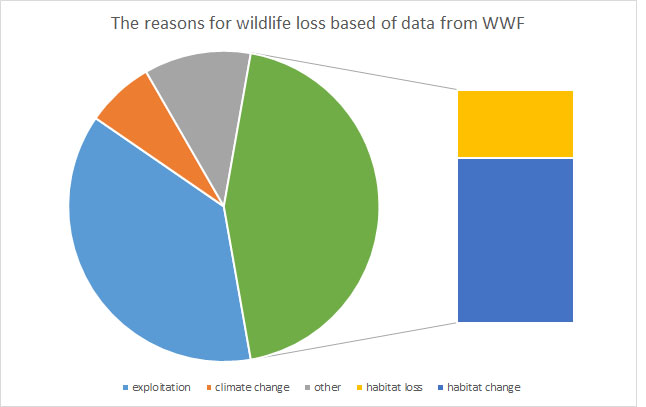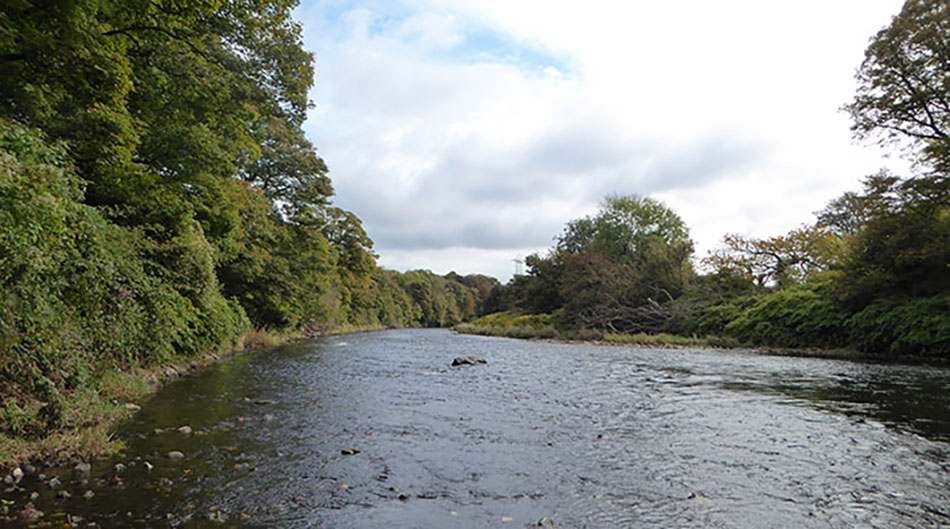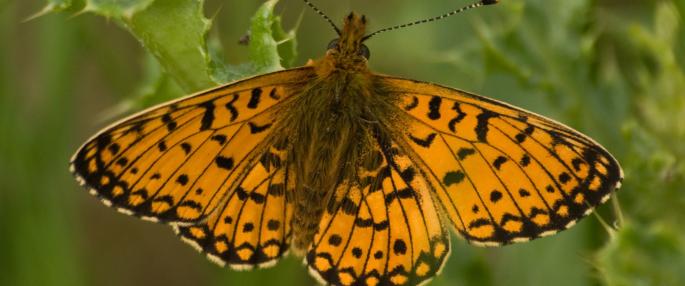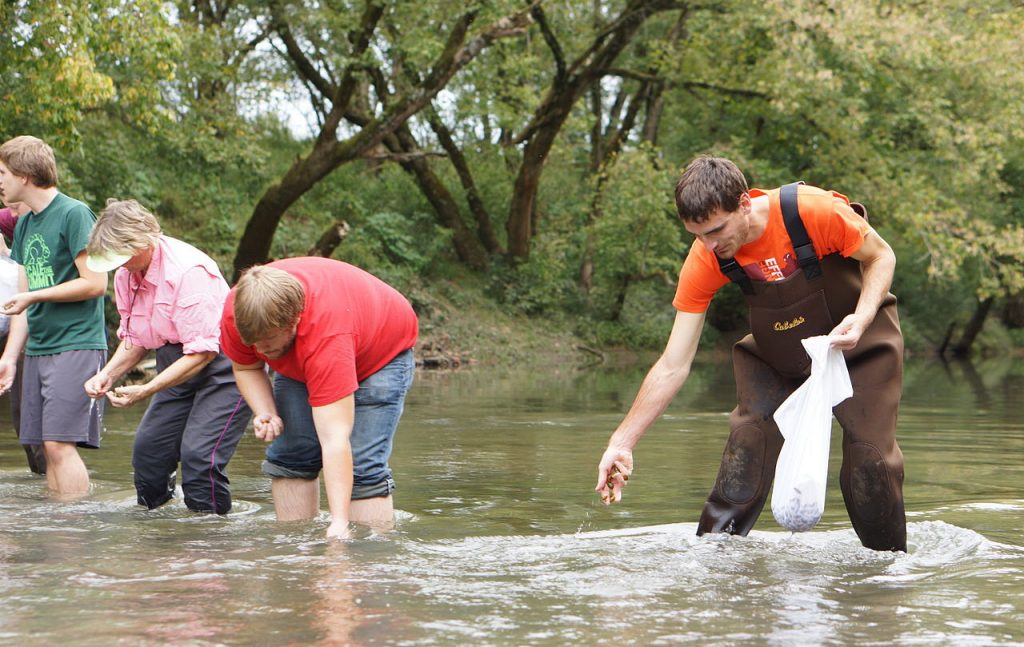The state of nature report last month has highlighted how bad things have become for Welsh wildlife, as a result experts share what we can do to help.
Over 350 Welsh species are heading towards extinction due habitat loss and degradation, after a report by a consortium of wildlife trusts.
The report from the Sate of Nature which pooled resources and data from 50 NGOS has shown that 5000 have been placed on the red list, which is reserved for animals most in danger .

Steve Ormerod of Cardiff University said that, “Stemming the rapid and terrifying loss of the World’s biological diversity is one of our biggest challenges” he pointed out that “not only are there large moral issues, but we all depend on nature for our life support: the production of clean water, the regulation of the earth’s climate and the earth’s green places that keep us sane and healthy.”

The poor quality of Welsh ecosystems has resulted in the loss of 57% of wild plants, 60% of butterflies and 40% of birds throughout Wales. Although the news is bad there has been some success stories in particular the recovery of otters and red kites throughout Wales.

Steve Ormond said that “The current generation of students has an enormous stake in this problem because theirs is the generation that must somehow live through the consequences of an increasingly damaged world.”
So here are 5 things you as a student can do as recommended by Danny from the Royal Society for the Protection of Birds (RSPB).
- Think about what we as consumers are buying as very often it has environmental consequences somewhere down the line and try to live more sustainably
- Volunteer with an NGO or charity who do their best to save the world’s wildlife
- Become vocal in your support for nature, warning others and joining local campaigns
- Join a scheme to help count and monitor wildlife to help with future surveys and research
- Create spaces for wildlife in your garden, house, window box, school or place of work

